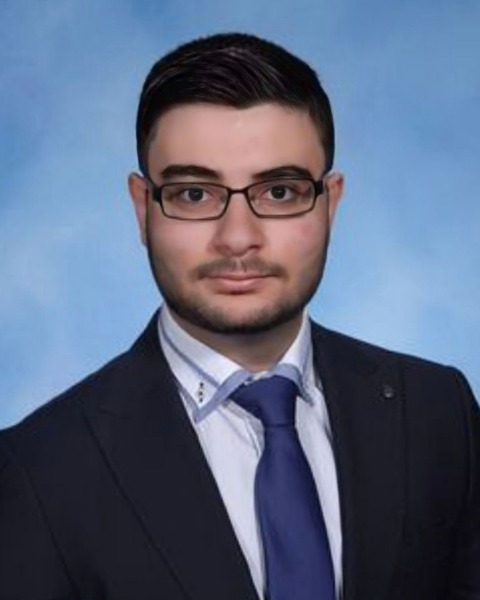Melanoma
E336: Rising Waves of Neoadjuvant Immunotherapies: Trends in High-Risk and Advanced Melanoma Treatment

Mark D. Abdurakhmanov
Medical Student
New York Medical College, United States
Mark D. Abdurakhmanov
Medical Student
New York Medical College, United States
Mark D. Abdurakhmanov
Medical Student
New York Medical College, United States- ME
Mikaiel J. Ebanks, MPH
Statistician
Westchester Medical Center Department of Surgery Clinical Research Unit, United States - MN
Madalyn G. Neuwirth, MD
Assistant Professor of Surgery
Westchester Medical Center, United States
ePoster Abstract Author(s)
Submitter(s)
Author(s)
Recent studies have shown neoadjuvant immunotherapy to be effective at increasing pathologic complete response rates(pCR), reducing the risks of surgery, and assessing disease response to treatment. Thus, understanding the evolving patterns in the use of neoadjuvant immunotherapies can aid in developing tailored treatment approaches for high-risk and advanced melanoma patients. This study aims to examine the trends in the utilization of neoadjuvant immunotherapies in high-grade melanoma patients and associated outcomes.
Methods:
A retrospective cohort study of a national cancer database was conducted to identify patients diagnosed with advanced stages of melanoma (IIB-IV) between 2014 and 2020. The data was analyzed to determine the proportion of patients receiving neoadjuvant immune therapies compared to adjuvant immunotherapy and how that proportion has shifted over this time frame. Clinical outcomes were also compared between the neoadjuvant and adjuvant groups.
Results: There was a statistically significant increase in the use of neoadjuvant immune therapies over time (3.1% in 2014 vs 8.6% in 2020, P=.014), with a growing proportion of patients and physicians opting for these treatments particularly in stage III/IV disease (10.7% in Stage III/IV vs 3.3% in High Grade Stage II, P< .001). However, our analysis also shows patients receiving neoadjuvant therapy have shown increased odds for 30-day mortality (OR 20.97, 95% CI 5.60-78.51) and 90-day mortality (OR 1.90, 95% CI 1.06-3.41) post primary site surgery compared to those receiving adjuvant immunotherapy. No significant difference in 30-day hospital readmission was found (OR 0.91, 95% CI 0.52-1.61). 6863 total patients were evaluated, of which 56% had high grade Stage II disease, 29% had Stage III disease and 15% had Stage IV disease. The mean age of the patients was 62 years old and 66% of the patients were male. No significant difference was found in the utilization of adjuvant vs neoadjuvant immunotherapy based on sex, race, age, or household income.
Conclusions: This trend underscores the evolving landscape of melanoma treatment strategies and highlights the importance of tailoring therapeutic approaches in different disease stages. Selection bias may be a factor in this increased mortality rate as patients presenting with more advanced disease may be more likely to receive neoadjuvant therapy. Further research of factors such as disease severity and comorbidities are warranted to optimize the outcomes associated with neoadjuvant immunotherapy.
Learning Objectives:
- Describe the general trends in neoadjuvant immunotherapy utilization for advanced and high grade melanoma
- Identify which patient demographics and clinical factors had a significant impact on neoadjuvant utilization
- Explain the risk of poor clinical outcomes of neoadjuvant treatment compared to adjuvant treatment
